- We visited the Hunter Art Museum. I think I learned how to make the audience understand and interact in this exhibition. Because last week I mentioned that I went to the botanical garden, I thought at the time that the audience may not be able to understand what the artwork was talking about very well, but if the exhibition is related to the theme of the exhibition, it will be easy to understand. This statement is an exaggeration. Because this art museum actually exhibits a variety of works and types, and many of them are works from some time ago, so there is definitely no way that the theme can match the background of the venue. So, how did he lead me to think about the exhibition? I think a large part of the credit goes to the introduction posted on each exhibition panel, which guided me in thinking about the questions. Because the curator cannot always give a speech to everyone, I think the introduction to the exhibition is very important. In my own exhibition, I should also think about what kind of text or dialogue to set up to guide the audience to start thinking about the exhibition and the meaning of the work.The curatorial approach to this exhibition is deeply thoughtful and multi-dimensional and has the following notable characteristics:1. Interdisciplinary perspective
The exhibition not only focuses on art itself but also encompasses content from fields such as history, sociology, culture and science. For example, the ‘Colour and Light, Art and Science’ section explores in depth the connection between art and technology, with a particular focus on how impressionist painters drew inspiration from photography. This interdisciplinary approach helps visitors to gain a more comprehensive understanding of the interplay between the evolution of art and technological progress.
2. The display of relationships between artworks
The exhibition juxtaposes different works of art to encourage dialogue between them. For example, the ‘World in a teacup’ section establishes a connection between the artwork and its historical context by using tea and sugar as symbols of colonial history. This approach goes beyond mere display, inspiring visitors to think deeply about the connections between works and revealing the cultural and social significance behind objects.
3. Critical analysis of history and memory
The curator has thought deeply about the relationship between history and art in the exhibition. For example, in the ‘History and Memory’ section, the exhibits not only record past events but also reflect critically on cultural values, gender concepts and social structures through works of art. This ‘reconstruction’ and critique of history allows the audience to see not only the works of art themselves but also gain a deeper understanding of the cultural heritage they represent and the values behind them.
4. The challenge of ‘reinventing artistic paradigms
In the ‘Reinventing the Art Canon’ section, the curators question the canon of art history, in particular the biases of Western aesthetic and artistic standards. This is done by showcasing the work of marginalised artists and highlighting the place of global multiculturalism in artistic expression, challenging traditional artistic standards. This critical perspective offers a more inclusive idea of art and encourages the audience to consider how art is influenced by historical and cultural contexts.
5. Inviting audience participation and interaction
By providing a more open and participatory space, the curator encourages the audience to interpret the artworks from different perspectives. For example, the presence of blank frames raises the question of which artists or perspectives have been left out. This approach allows the exhibition to go beyond the mere display of works and invites the audience to participate in the interpretation of discussions on art and culture.
6. The uniqueness of the display method
The ‘Welcome’ section specifically mentions that the exhibition’s display method is different from traditional exhibitions, emphasising the careful design of the selection, arrangement, contrast and background colour of the works. This curatorial method shows that the exhibits not only exist as independent works of art but are also closely related to the audience’s perceptions, emotions and backgrounds. The arrangement and display of the exhibits themselves tell a special story.
7. Openness and inclusiveness
The ‘absence’ in the exhibition is also deliberately presented. This not only refers to the absence of exhibits but also the absence of certain historical, cultural and social groups. In this way, the curator stimulates the audience to think about which voices and stories are not being told and encourages them to think about the diversity that is underrepresented in art and history.
The core curatorial concept of this exhibition is to promote the audience’s multi-dimensional understanding of art, history, society and culture through ‘relationships’ and ‘dialogues’. Through critical thinking, interdisciplinary integration and open display, it encourages the audience not only to appreciate art visually, but also to participate in reinterpreting art and cultural criticism. This curatorial concept makes the exhibition not only a place to appreciate art but also a space for thinking and discussion.
Therefore, in my second week’s blog post, I mentioned how to get the audience involved. This participation can also be achieved through the relationships and dialogues between the exhibits, which raise questions that make the audience think while appreciating the exhibition. The answers to these questions may not be the ultimate goal, but the audience has already completed thinking about the questions in the process.
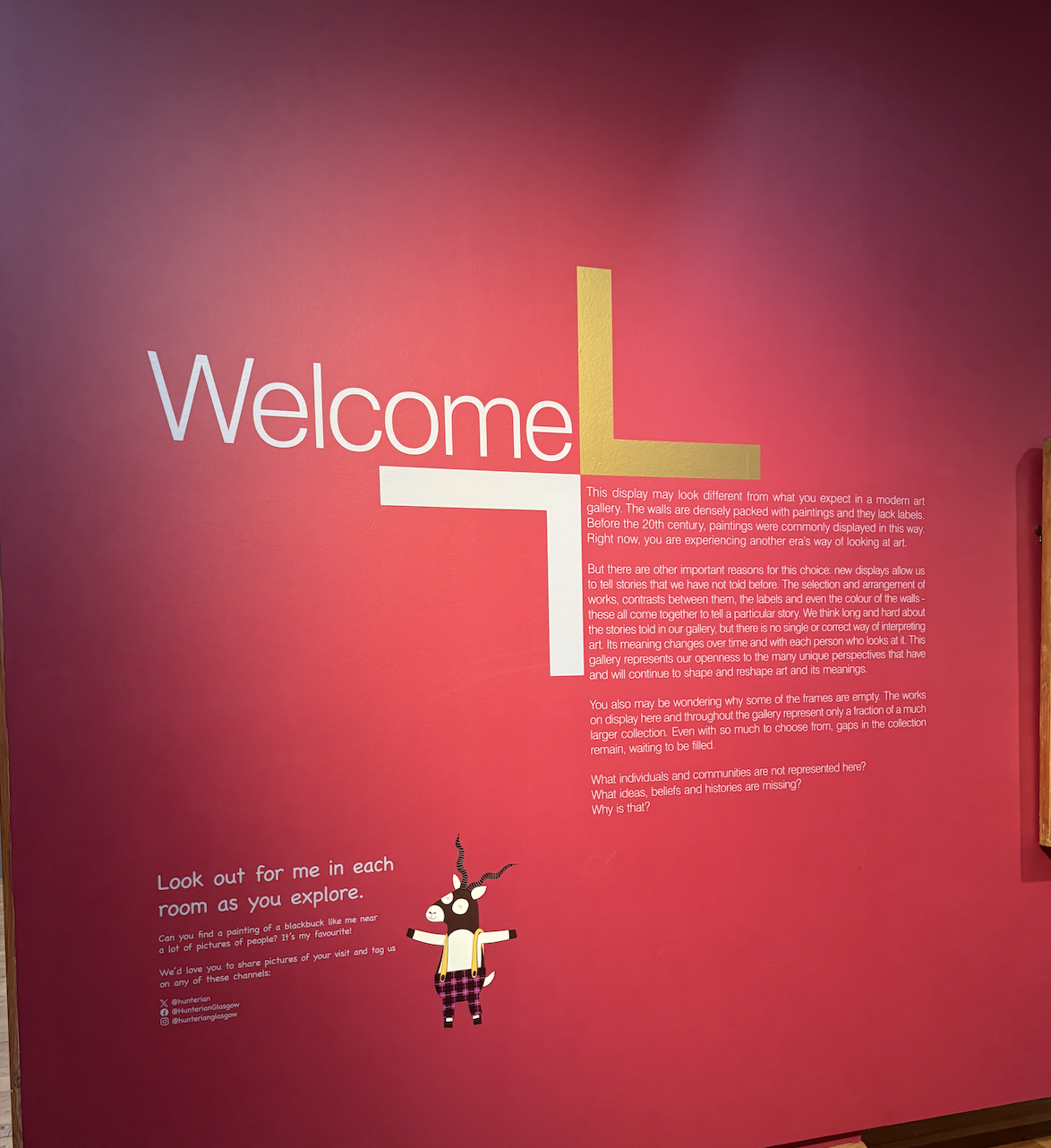
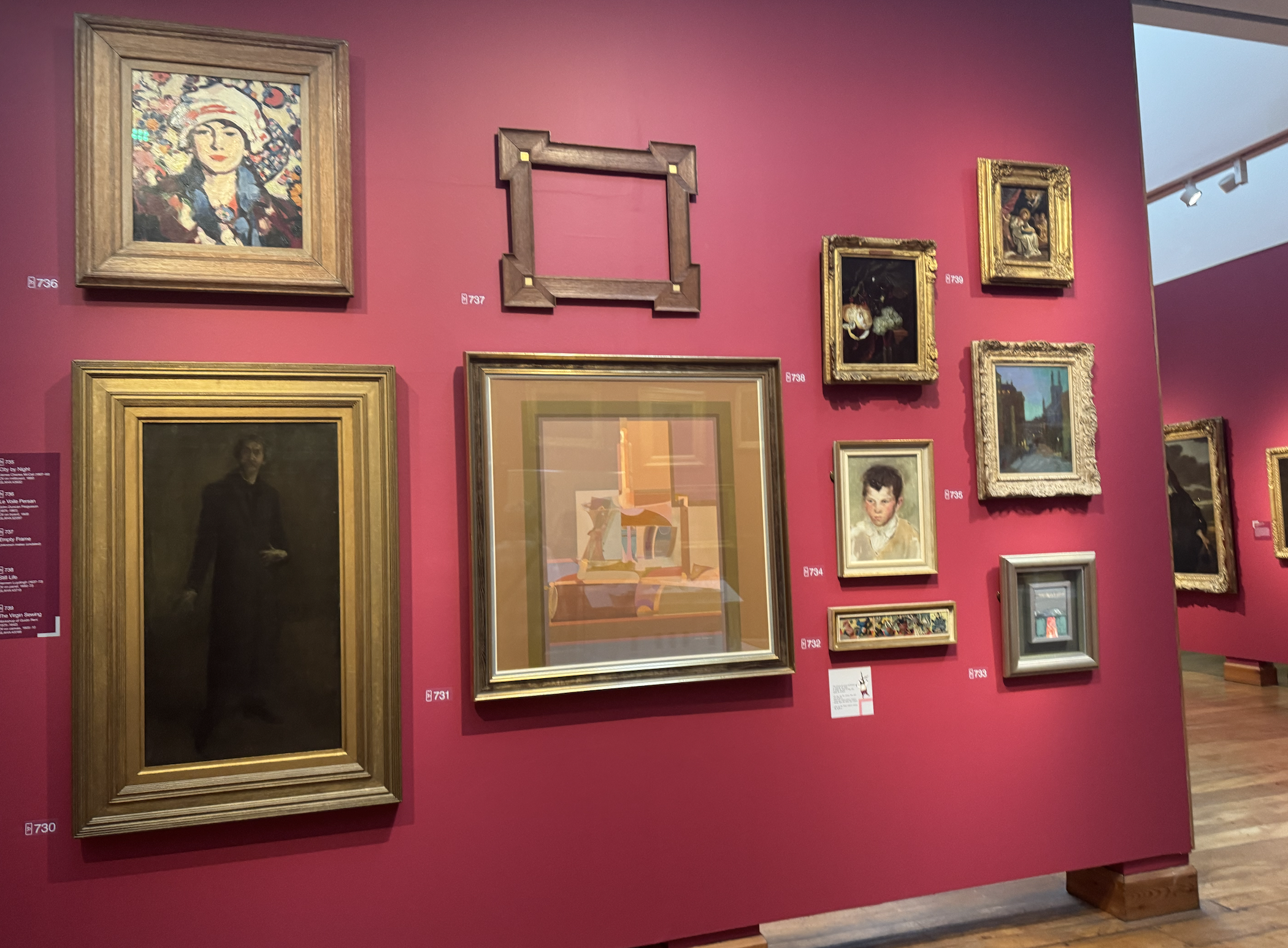
2. Hunterian Museum
The Hunterian Museum is a historic museum in Glasgow, Scotland, affiliated with the University of Glasgow. It is the oldest public museum in Scotland, founded in 1807 with a large collection donated by the famous Scottish surgeon and anatomist William Hunter. The museum’s diverse exhibits include anatomical specimens, antiquities, geological samples, and works of art, which reflect Hunter’s wide-ranging interests and academic achievements.
The museum is divided into several galleries, each displaying collections in a different field. For example, the natural history galleries display taxidermied animals and mineral fossils, while the art galleries display European paintings and sculptures. The museum also houses many valuable scientific instruments and devices which demonstrate the development of science and technology. In addition, the museum showcases new research and unique collections to the public through temporary exhibitions and special events.
At the Hunterian Museum, you can see many amazing exhibits, including
Bearsden Shark, Cleopatra Coin, Chinese Map of the World, etc.
Telling the history of the ancient Romans settling in Scotland, revealing the long evolution of the earth through gems, fossils, and dinosaur remains.
The glory of medical and scientific innovation:
Explore the history of medicine in West Scotland and discover how Lord Kelvin’s scientific instruments helped make Glasgow a pioneer of scientific innovation.
The Curating Discomfort project:
This special display reveals the museum’s collections’ deep connections to colonial history and imperial expansion while reflecting on the ways in which narratives have been dominated by Western perspectives.
Treasures of art and history, including a collection of works on paper, as well as fine sculpture and decorative art.
The science and medicine legend showcases the research instruments of scientists such as Lord Kelvin and James Watt. William Hunter’s anatomical teaching collection bears witness to the development of medicine and knowledge.
The charm of coins and paleontology tells the wealth and stories of history.
The wonderful world of mineralogy and zoology contains rare minerals and fossils from all over the world, allowing you to experience the mystery of the earth.
The rich zoological specimens have attracted the attention of countless researchers.
This kind of comprehensive curation of multiple fields and themes is very difficult. I feel that visiting this exhibition can make me perceive how a variety of different types of exhibits are displayed in an orderly manner, and the curator also
hopes that these exhibits will make people think and not just appreciate the exhibits. So when curating, I should also consider what I want people to learn and think about when planning this exhibition.
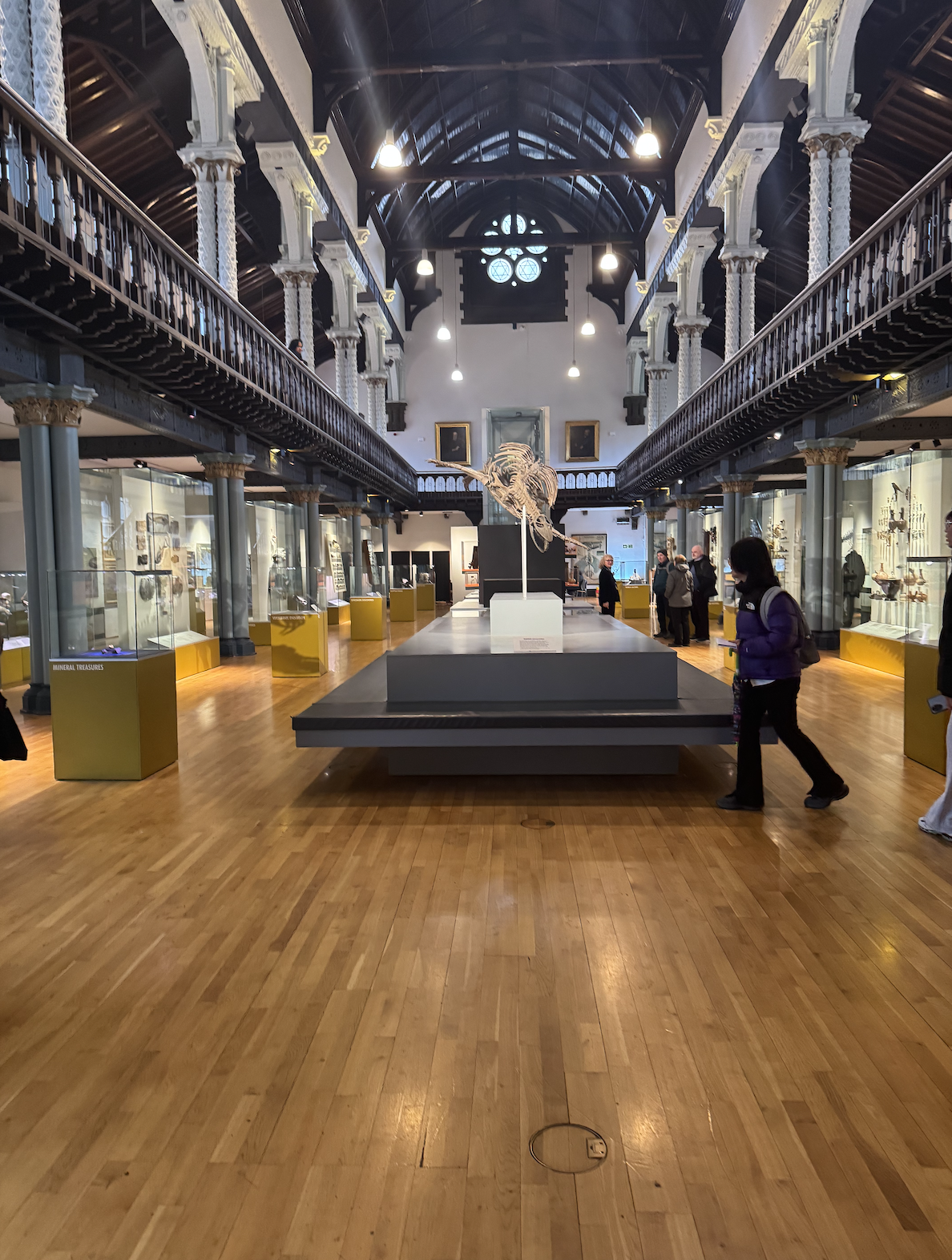
3. The tramway exhibition showcases Maud Sulter’s unique artistic creations and how she explores important themes such as identity, culture, history and family through a variety of art forms such as photography, video, poetry and sound installations. Many of the works in the exhibition explore in depth the complex position of black women in history and society while highlighting cross-cultural memory and the construction of self-identity.
For example, Alba Sonnets, a sound installation, presents the complex sense of belonging of black women in Scotland by combining poetry with history and visual art. The work delves deeply into the lives of two black women in medieval Scotland at the court of James IV, who may have been Eilan and Margaret (the handmaidens mentioned in the poem ‘Of Ane Blak-Moir’). By using Scottish and Gaelic, Soutar constructs a cultural and linguistic atmosphere that is connected to the historical lives of these women and adds elements of West African culture, such as the Mumen Son horn, to further strengthen the deep connection between history and culture.
Overall, Soutar’s work explores multiple identities, including the interweaving of black female identity, working-class identity, mother, daughter, granddaughter, etc. Through her artistic practice, she reflects on the relationship between family and culture and raises complex questions about history, culture and identity. Through these works, Sult challenges traditional artistic expression and family narratives, making us reflect on the invisible side of history and those forgotten voices. Her work also prompts us to consider how art can challenge the dominant narratives of society and redefine the voices of marginalised groups.
This exhibition prompted me to think about the relationship between the selected works and the theme of the exhibition. Can the selected works express the meaning of the theme? Can people who are not from this culture experience the emotions and reflections through the artworks?
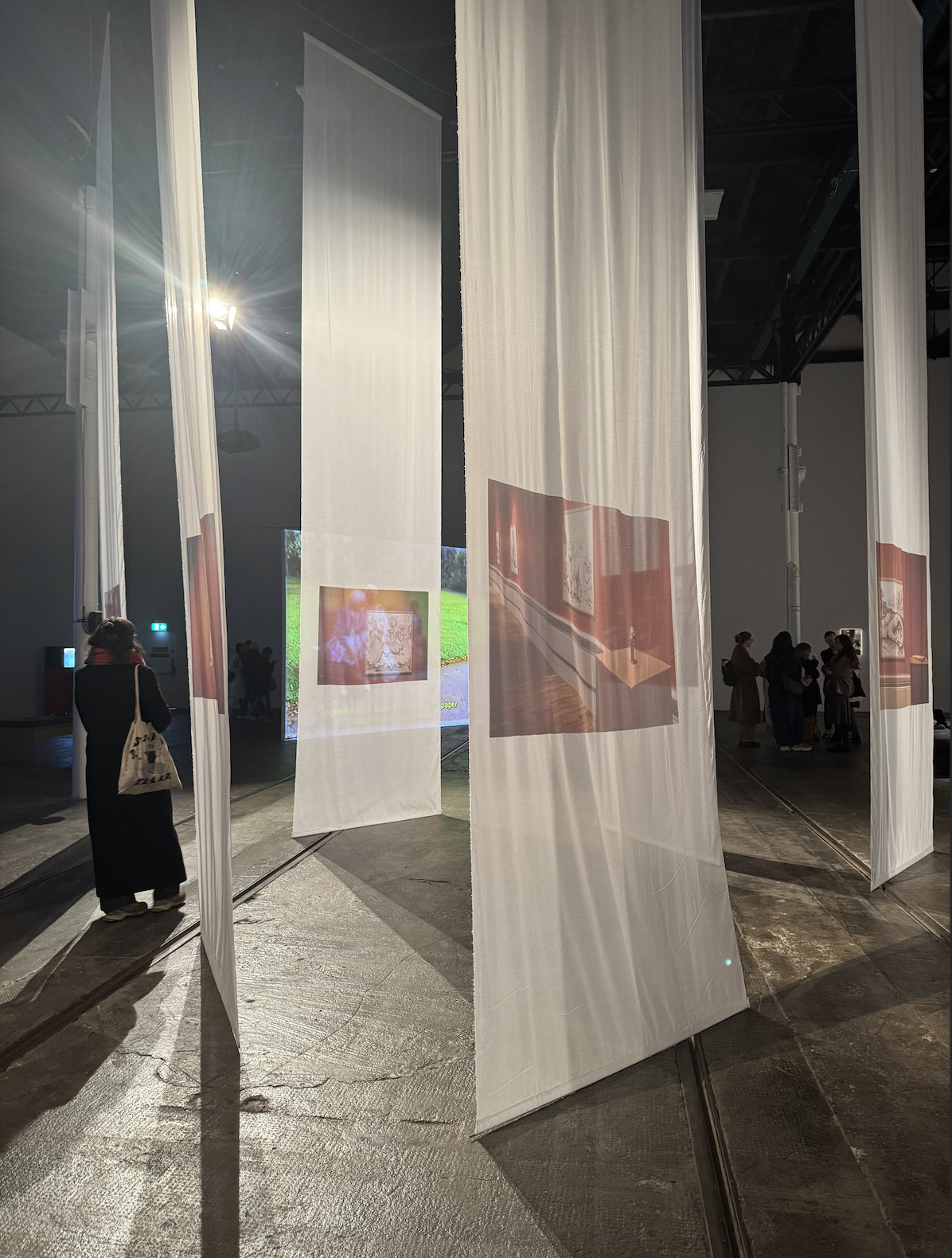
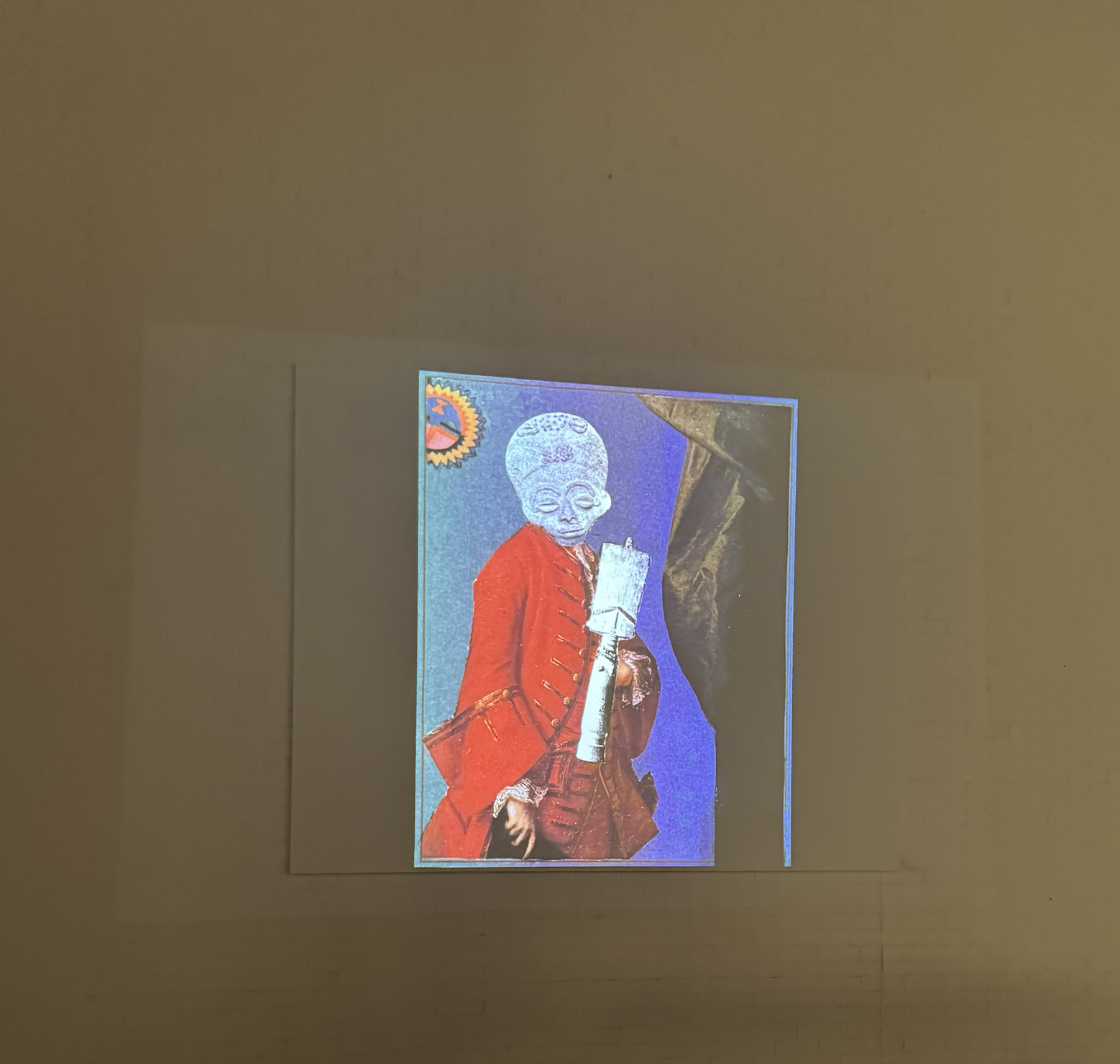
4. The Museum of Modern Art has many interesting installations and paintings. What impressed me was Domestic Bliss, which has works that are similar to the theme of the exhibition I want to curate. It is called Untitled (Yellow-Legged Sofa) by Nicola Le, whose work is often inspired by various parts of the female body, can become vibrant, functional home decorations. This work was created in 1969, when the role of women was mainly related to housework. This work reflects the relationship between women, their bodies and their families through the playful use of one foot. This is what impressed me.
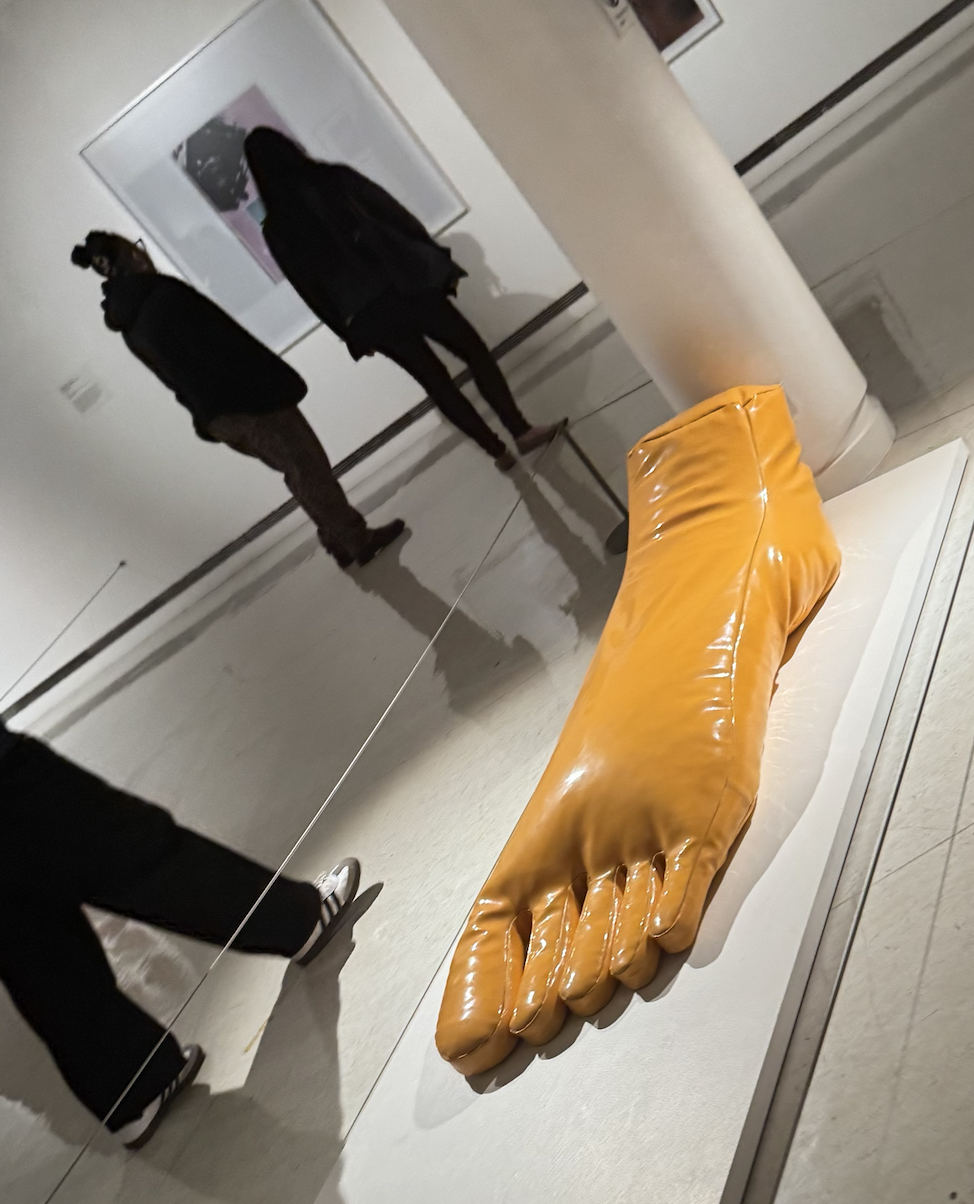
5. Jarman exhibition
The exhibition explores Derek Jarman’s artistic world and its political and social context in depth by presenting his work alongside that of five contemporary artists whose themes and styles are related to his. The exhibition is inspired by Jarman’s descriptions in his book Modern Nature, especially his creative experiences and reflections in the garden.
In the late 1980s and early 1990s, Jarmann was a key figure in British cultural circles. He was not only a film director, artist, writer, gardener and stage designer, but also one of the first people to openly declare that he was living with HIV. His personal experiences deeply influenced his artistic creations. Especially against the backdrop of the AIDS crisis, Jarmann’s works often carry a strong political and emotional undertone.
The diary ‘Modern Nature’ documents Jaman’s work and thoughts in the garden. In the diary, Jaman mentions that the gardener digs not physically into the earth, but into ‘another time’, a time without past, future, beginning or end. This concept of time is closely related to his work, especially his reflections on life and death. Through art, he explores a sense of existence that transcends personal history and social context.
This exhibition brings together works from different periods of Jarmann’s career, covering a variety of media including painting, collage, film and installation. Jarmann’s works are often full of collage elements, and many of them are inspired by the Jardin des Plantes and the surrounding natural landscape. His works not only boldly experiment with art but also profoundly reflect gay culture, the AIDS crisis, and the political and social environment. The exhibition also invites five contemporary artists to showcase their works, which either directly respond to Jarmann’s creations or explore similar themes from a new perspective.
Jarmann’s work was not only groundbreaking at the time but also had a profound impact on contemporary art. By juxtaposing Jarmann’s work with that of contemporary artists, the exhibition revisits his exploration of the relationship between art and politics, particularly in the context of the AIDS crisis and gay culture. This dialogue is both a tribute to Jarmann’s artistic legacy and a continued focus on today’s social issues.
I feel that this exhibition allows me to experience the feeling that the theme is closely linked to the works. The theme is very definite, reflecting gay culture, the AIDS crisis, and the political and social environment. Through the text introductions in each section of the exhibition, combined with the display of the artist’s works, the audience can better understand and examine this social issue. Previously, I was always trying to come up with a theme to fit the works into this framework, but now I feel that I should pay more attention to communicating with the artist and expressing the theme through the artist’s works.
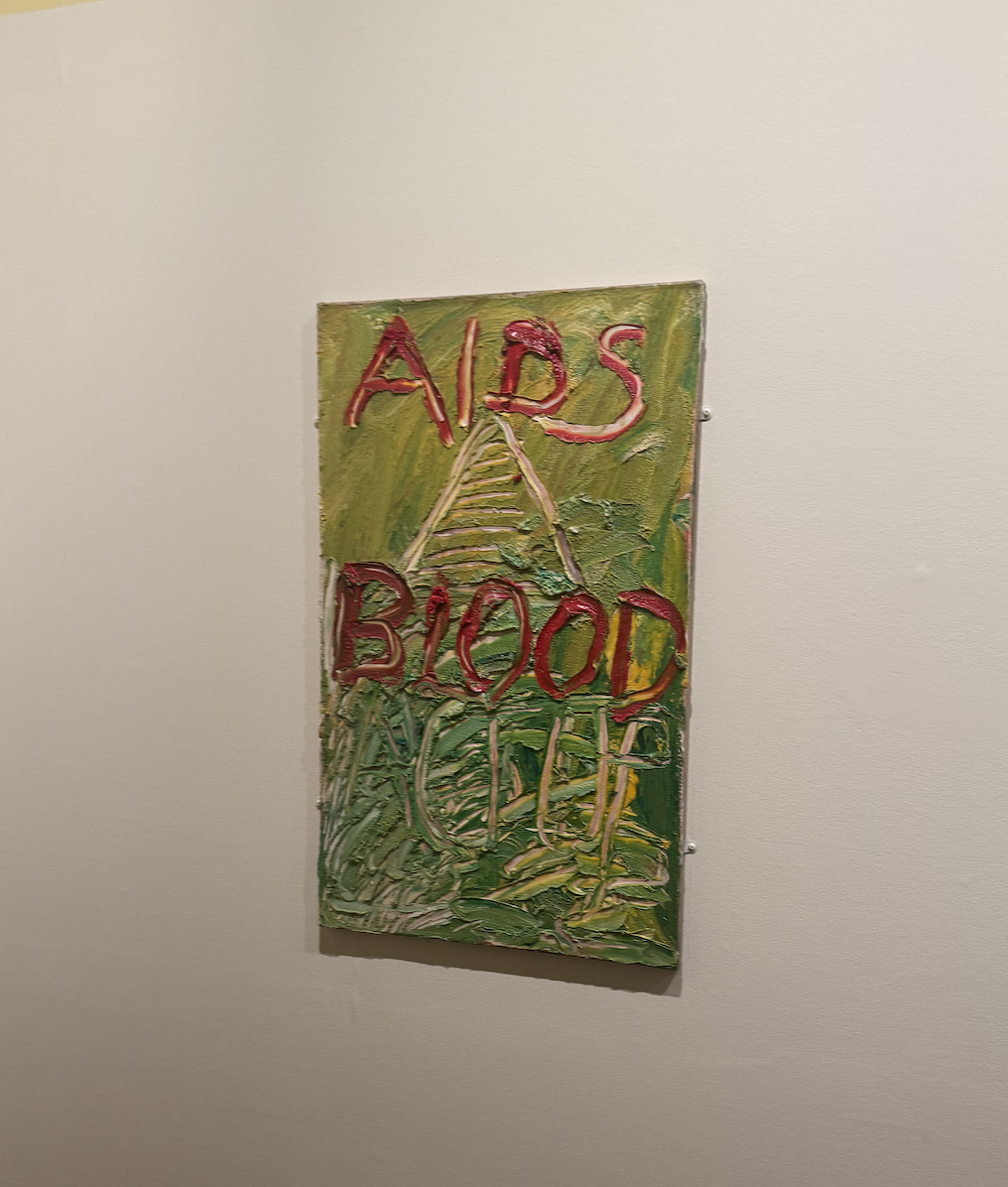
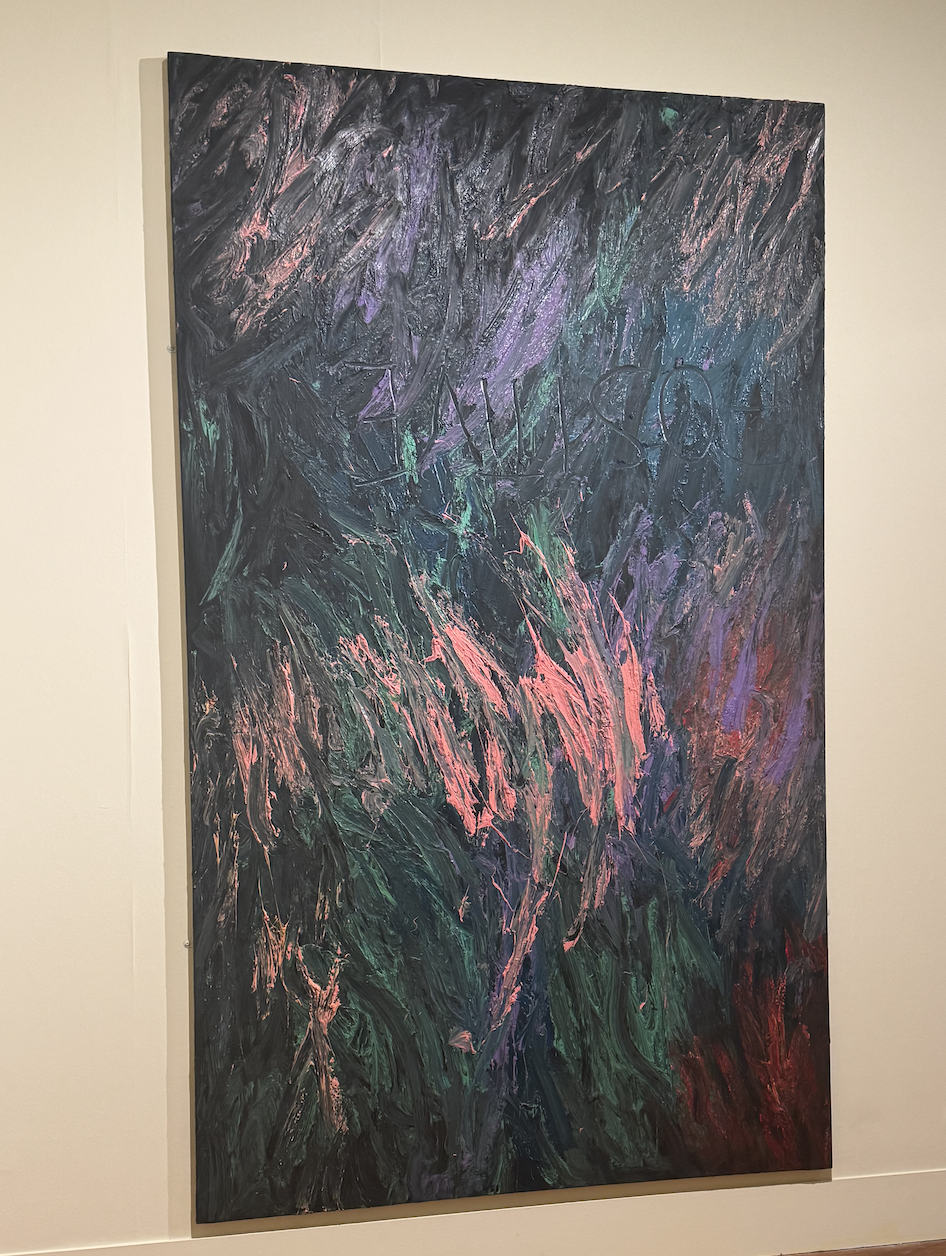


Leave a Reply